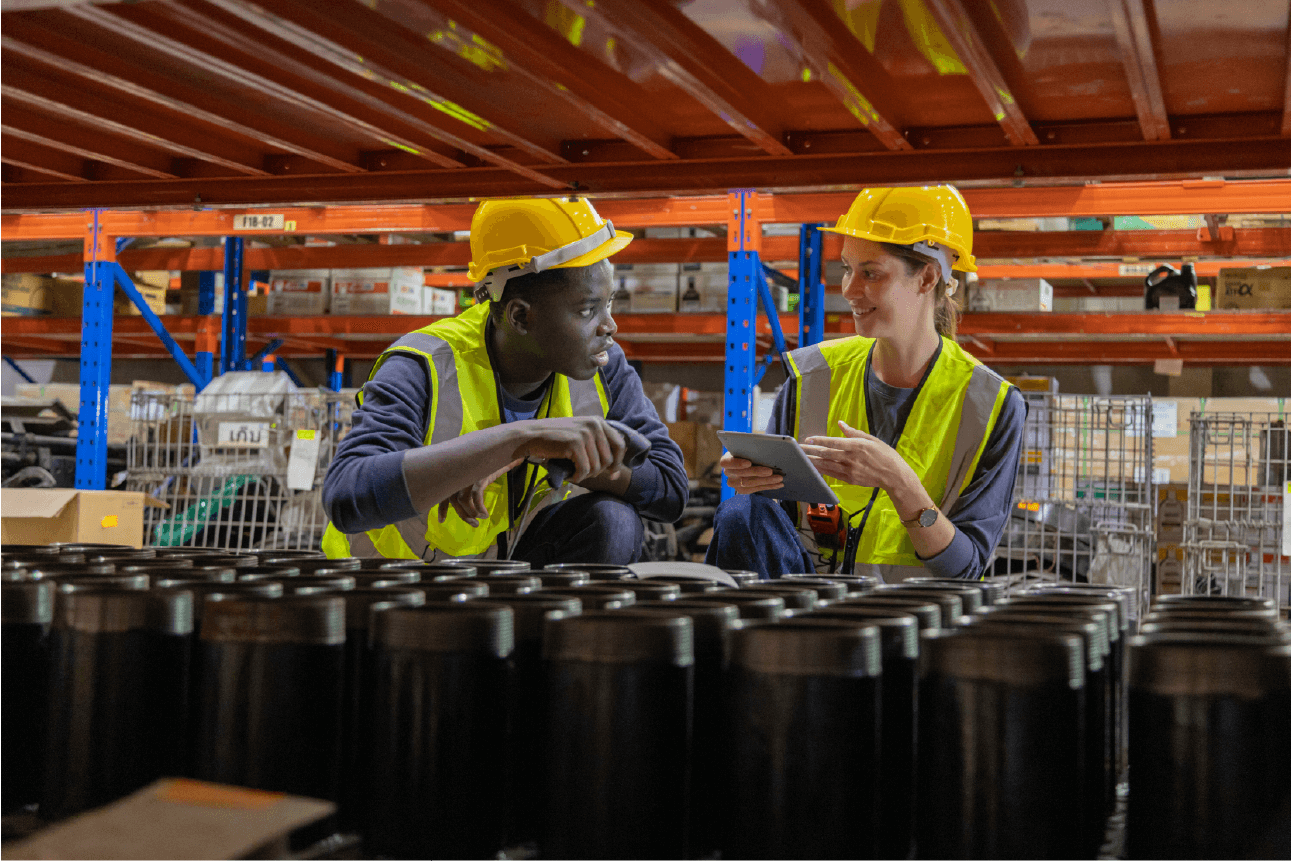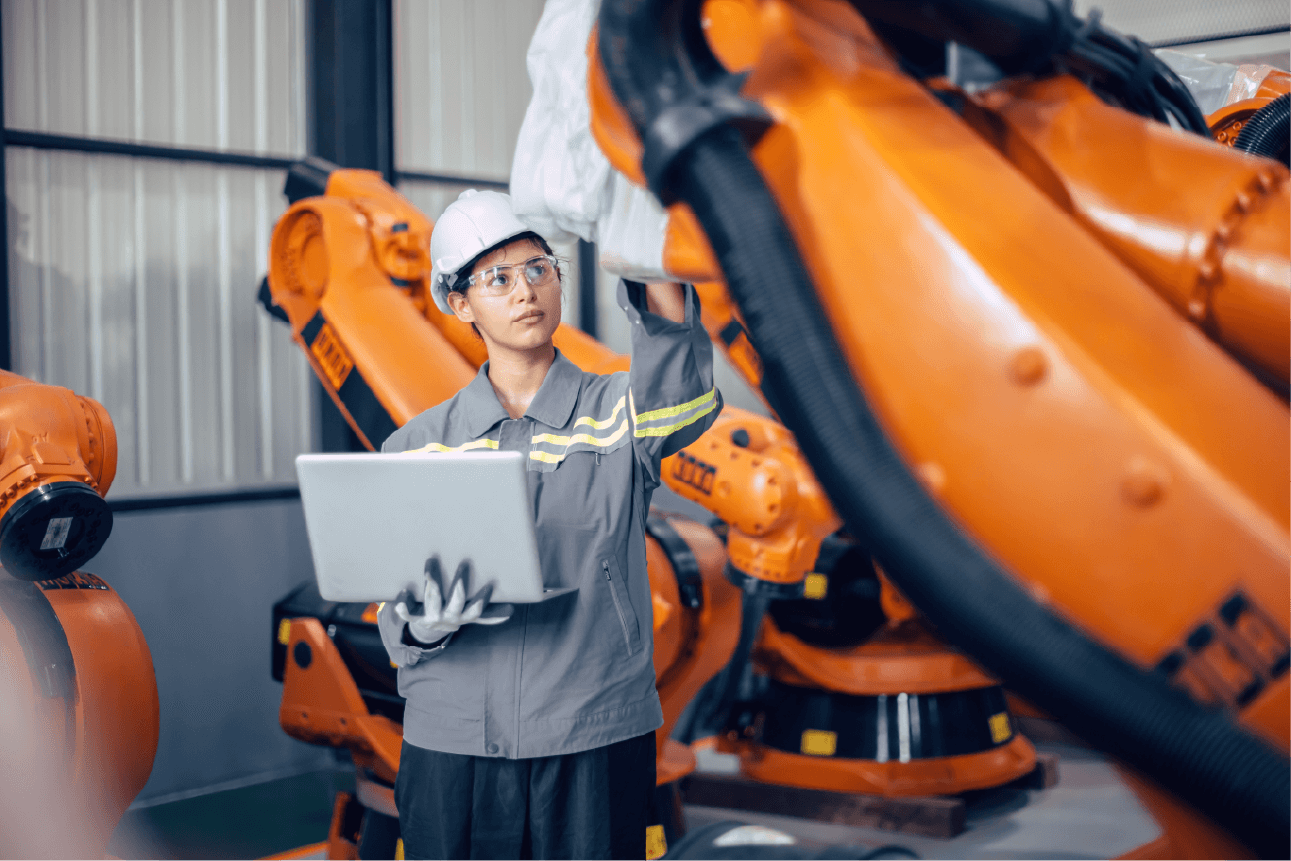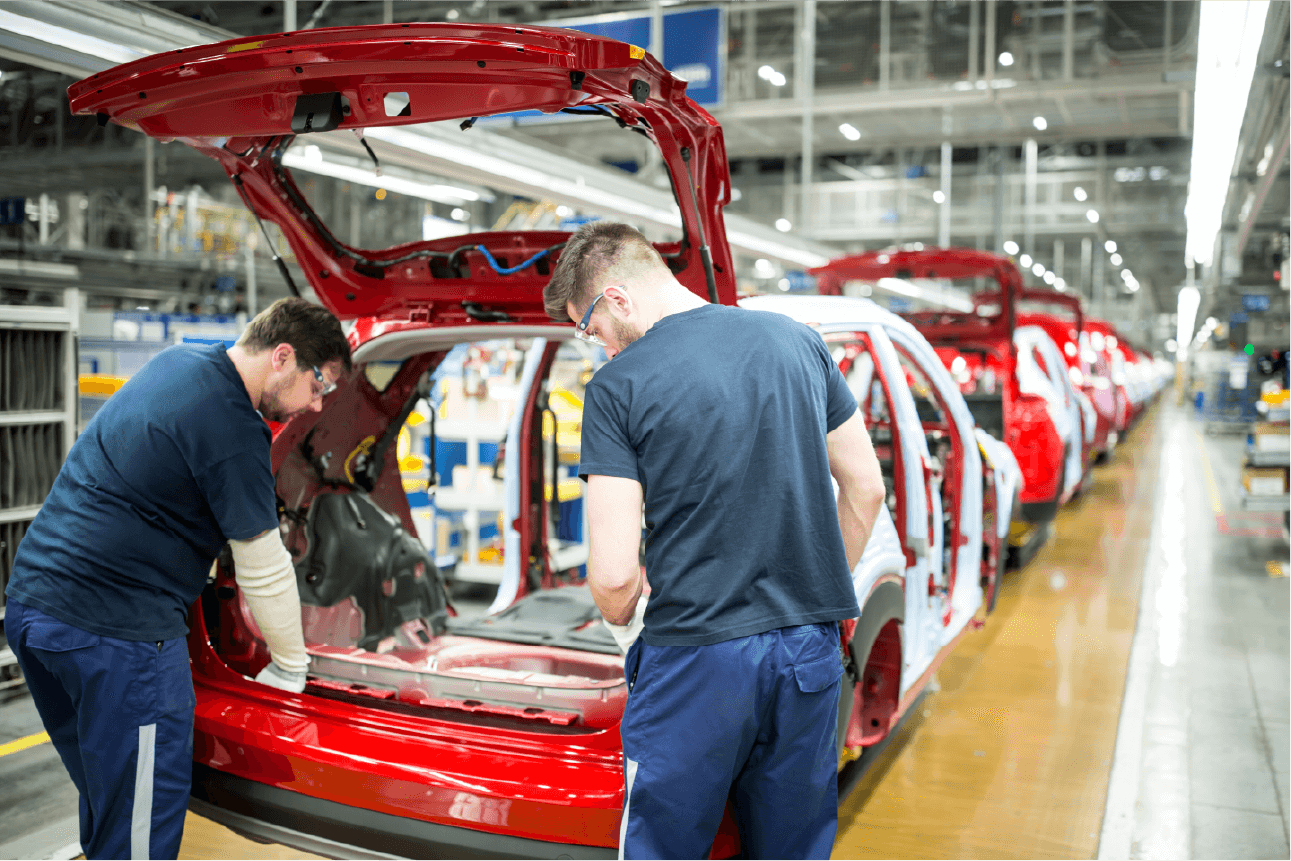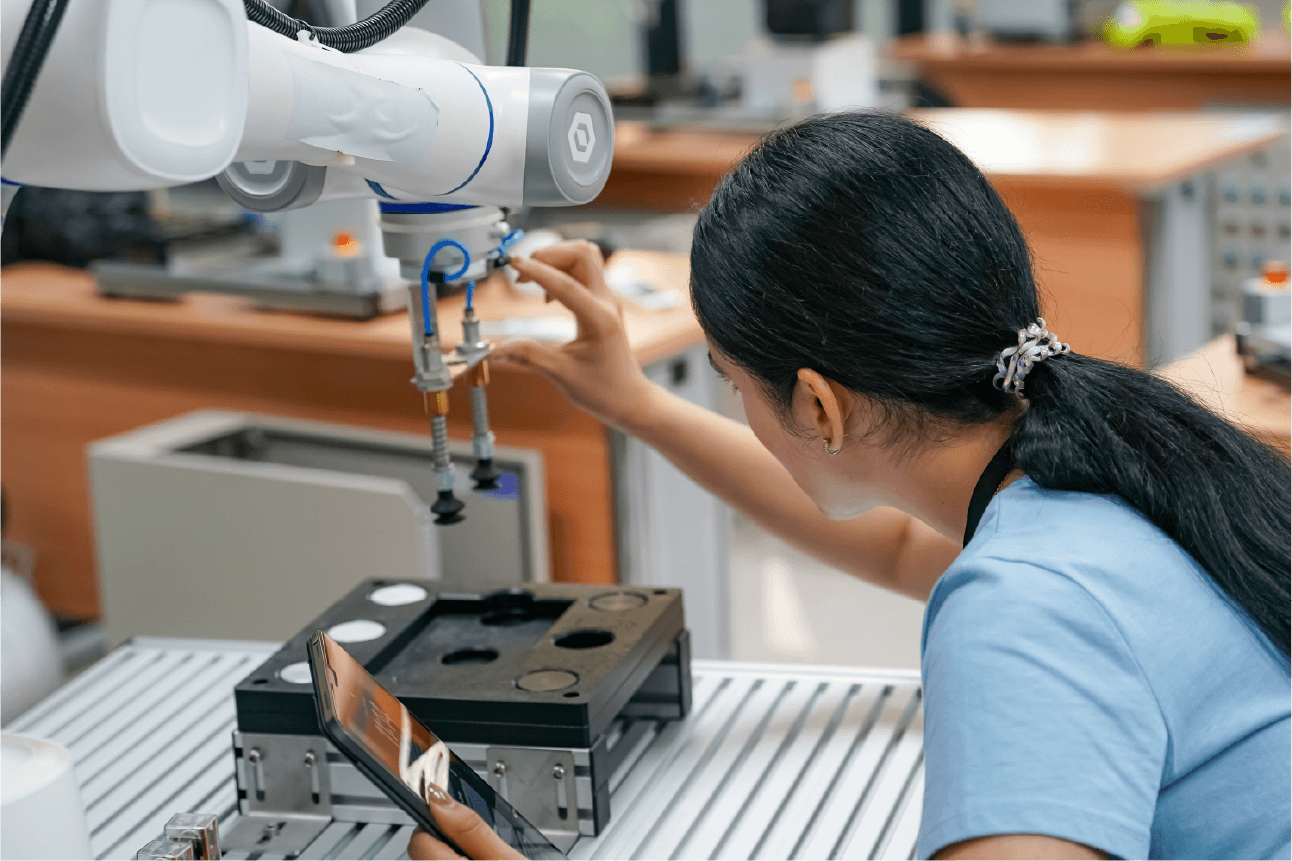Manufacturing is no longer about just producing the product, it’s about precision, compliance, and visibility at a microscopic level. While traceability has always been the pillar of manufacturing industry, today’s complexities demand more. Something that goes beyond conventional methods to enable continuous and instant detection in real time.
Modern manufacturers need a proactive approach to traceability, one that not only tracks but also analyzes, detects, and helps prevent any anomalies in their way. AI and real-time data have successfully brought this shift by enhancing overall materials-to-finished product traceability in the manufacturing sector. The AI-driven machine vision can identify potential defects in the production line as they escalate, thereby optimizing production workflows in ways never possible before.
As the industries continue to evolve, there’s an increasing demand for manufacturers to enhance their tracing capabilities. Loopr AI is leading this next-generation approach to traceability, equipping manufacturers with AI-powered visual inspection solutions that turn traceability from a time-consuming burden into a competitive advantage. In this blog, let’s explore how traceability in manufacturing can be enhanced with AI and real-time data.
Importance of Traceability in Modern Manufacturing
• Ensuring product quality and defect reduction: When every part is traceable, it brings a higher level of transparency. Traceability in manufacturing is used to identify exactly where things went wrong, allowing operators to identify the root cause and prevent it quickly. By leveraging AI-powered visual inspection solutions, manufacturers can detect deviations from the expected product specifications in real time, such as foreign objects, assembly errors, or minor scratches that traditional inspections might miss.
• Regulatory compliance and industry standards: Manufacturers in industries such as automotive and aerospace face strict regulations for safety and quality. For example, non-adherence to ISO standards or AS9100 aerospace compliance can lead to costly fines, product recalls, or even shutdowns. Traceability solutions powered by AI make it easier to automate the quality compliance process with just minimal manual intervention and reduce the risk of errors.
• Supply chain transparency and recall management: In the event of a product recall, AI and real-time data enable manufacturers to instantly access a detailed history of any part or component. Traceability in manufacturing enables the creation of a permanent database for every part inspection. It can store key details such as batch numbers, supplier information, and even quality inspection results.
Challenges in Traditional Traceability Systems
• Manual record-keeping errors: Traditional methods have been used for decades. While these methods may work for small-scale operations, they become increasingly prone to error as the scale of production grows. AI-based traceability solutions address this challenge by automating data capture and minimizing the need for manual entry. It automates every part and process, ensuring everything is accurate and up to date.
• Lack of real-time visibility into production: Traditional traceability systems rely on periodic updates. This means manufacturers can go for hours without realizing the defect. However, with real-time traceability systems like AI-powered visual inspections, they can inspect any misalignment in assembly or minor visual deviation in components. The AI-based inspection software flags it and immediately alerts the production team.
• Difficulty in pinpointing defects or process inefficiencies: If there’s any variation in visual defects across high-mix parts where components differ slightly in size, shape, or placement - it can be challenging to pinpoint. AI and real-time data offer a far more sophisticated approach. By analyzing data across multiple touchpoints in the production process, AI solutions can identify defects, anomalies, and inefficiencies.
AI and Real-Time Data: Transforming Traceability
• Automated Data Capture and Continuous Monitoring: AI-based traceability in manufacturing can automate data capture at every stage of the production process, from the complex part assembly to the final product inspection. For instance, in automotive manufacturing, AI-based traceability solutions like visual inspection continuously monitor each part of a vehicle's assembly line, verifying that each component, such as brackets, fasteners, and structural parts, are correctly placed.
• Machine Vision for Quality Control: AI-driven visual inspection is a powerful tool for ensuring traceability in manufacturing and product quality control. Unlike traditional manual inspections, AI-based solutions can detect subtle defects or deviations. For instance, when producing high-precision automotive parts like brake components or engine parts, AI can detect even the smallest imperfections, such as micro-cracks or surface inconsistencies.
• AI-Powered Analytics for Process Optimization: AI does more than just detect defects; it captures vast amounts of data that can be leveraged to build large language models (LLMs). This data-driven insight helps manufacturers optimize their workflows and improve overall process control. For example, in automotive manufacturing, AI inspection solutions trace defects along assembly lines, enabling data preview and pinpointing recurring issues.
Loopr AI’s Role in Enhancing Manufacturing Traceability
What makes Loopr AI’s visual inspection a unique solution to ensure traceability in manufacturing:
• Loopr IQ automates high-accuracy visual inspections in real-time, ensuring precise traceability and detecting defects that may be missed during manual checks.
• The solution integrates seamlessly into existing production workflows, adapting to different product variants, production lines, and configurations with ease.
• Loopr IQ also adapts to changes in BOM (Bill of Materials) specification sheets or product variants, sending real-time defect notifications to operators.
How Loopr AI Has Enhanced Traceability in the Real World
In aerospace manufacturing, the correct placement of wiring harnesses is vital to ensure utmost aircraft safety. Incorrect connections or misplacements can lead to electrical failures, which were difficult to detect through traditional manual inspections. By implementing Loopr AI’s inspection solution, manufacturers automated the verification of wiring harness assemblies. The AI-based solution continuously traces and verifies each wire is placed and connected correctly, even across different harness configurations.
Through real-time inspection, Loopr AI captures and logs every step of the wiring harness assembly process, providing a fully traceable record. This level of traceability in manufacturing ensures that every component is accounted for, reducing the risk of undetected errors. It sends real-time defect notifications, allowing operators to immediately address issues and avoid production delays.
Furthermore, the traceability in the manufacturing aspect of Loopr AI ensures that each assembly step is documented, maintaining a complete audit trail for compliance and quality assurance. This AI-driven approach not only improved safety and reliability but also minimized rework, production delays, and costly defects.
Conclusion
It’s clear how AI and real-time data can redefine manufacturing excellence. AI-driven traceability in manufacturing can bring significant value, from eliminating human error and ensuring product quality to offering real-time insights into production processes.
Loopr AI stands at the forefront of this transformation, helping elevate traceability to new levels of precision, speed, and intelligence. Loopr IQ empowers manufacturers to detect defects in real time and ensure assemblies meet exact specifications.


%201.svg)

.svg)






